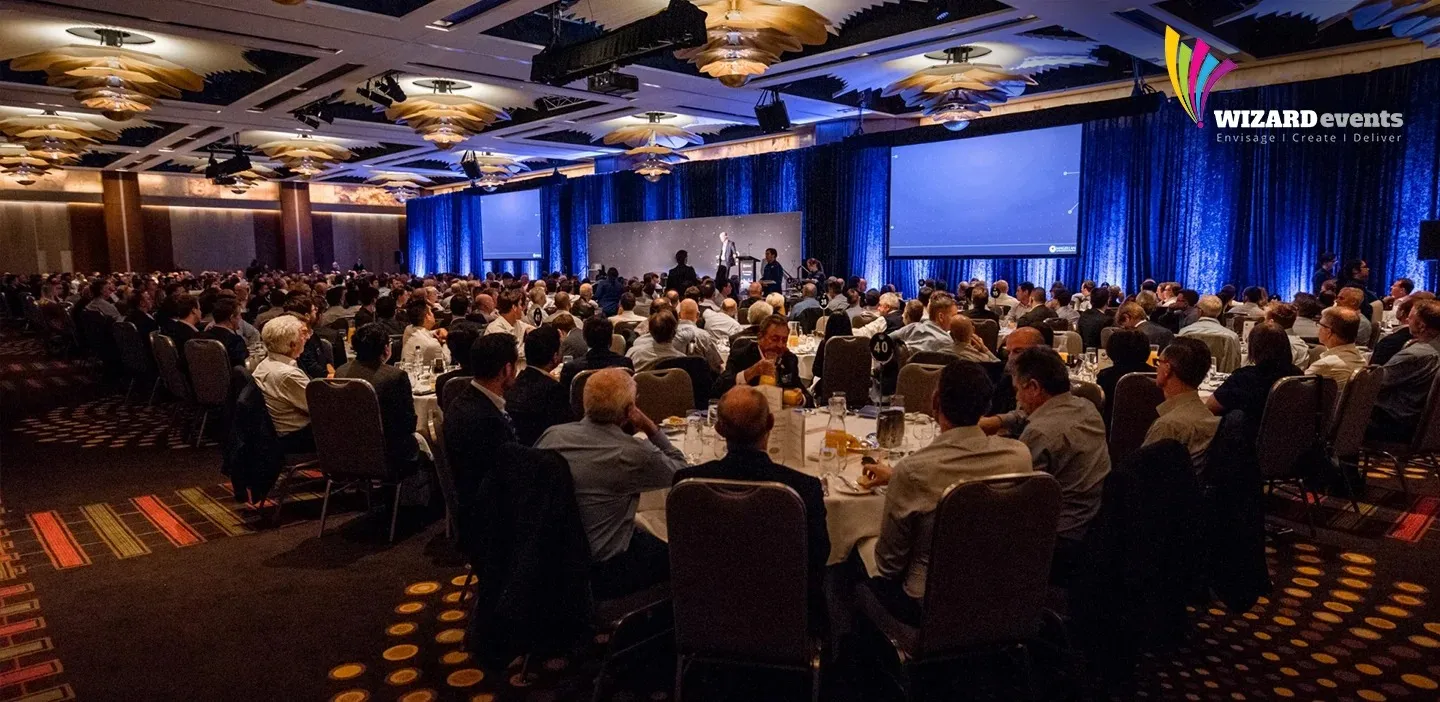Modern organizations across India find themselves in a familiar struggle. Employee motivation is falling, retention is unpredictable, and recognition programs often look impressive on paper but fail to create real behavioural change. Most companies already have some form of rewards system, but very few have one that truly shifts performance, culture, or mindset. This gap exists because traditional rewards programs are usually built on instinct, generic templates, or HR preferences instead of hard data and measurable insights.
Wizard Events steps into this space with a different approach. The company designs employee rewards and recognition programs using data, workflow analysis, and deeply structured admin tools. The result is not a catalogue of prizes. It becomes a performance engine that uses human psychology, operational visibility, and real-time analytics to influence how teams work.
Building a data-led rewards program is not a creative experiment. It is a disciplined process. It demands clarity, measurement, and a deep understanding of human motivation inside complex organizational systems. This is where Wizard Events brings genuine value.
This article breaks down the exact process Wizard uses to help Indian companies design rewards programs that are not ornamental. They become practical instruments for increasing productivity, driving accountability, and sustaining long-term engagement.
Step 1: Understanding the Organisation’s Reality, Not Its Aspirations
Most companies start with what they want the program to be. Wizard starts with what the organisation truly is.
The first phase is a diagnostic. Wizard conducts interviews with HR leaders, managers, and cross level employees. The objective is to understand existing behaviour patterns. For example:
• Why do top performers stay motivated
• Why do mid performers stagnate
• What behaviours lead to success
• What habits create inefficiencies
• What recognition methods have failed before
• How do teams currently receive feedback
The findings almost always reveal a gap between stated values and lived culture. Wizard identifies these gaps and converts them into data insights rather than vague observations. This creates the foundation for a rewards program that actually aligns with the company’s real world patterns.
Step 2: Creating Behaviour Frameworks Instead of Incentive Lists
Most rewards programs collapse because they start with prizes. Wizard begins by identifying the behaviours that create long term business value.
These behaviours fall under clearly defined pillars such as consistency, initiative, collaboration, efficiency, innovation, and quality of output. Wizard then maps each behaviour to measurable indicators. This is the step that transforms the program from motivational theory into a performance tool.
Behaviour mapping includes:
• What does “initiative” look like in this department
• What qualifies as “collaboration” in a hybrid or distributed team
• How should “quality” be measured so it supports customer experience
• What is the difference between a good week and a great week
By translating behaviours into indicators, Wizard ensures that recognition is not subjective. Employees know exactly what is expected. Managers know exactly what to measure. HR knows exactly what will drive cultural change.
Step 3: Structuring the Program Using Data, Frequency, and Predictability
Rewards programs fail when employees see them as unpredictable or arbitrary. Wizard avoids this by designing a structured recognition calendar that blends daily, weekly, monthly, and quarterly behaviours.
The recognition frequency is drawn from an analysis of how employees respond to different timelines. For example:
• Daily micro wins support frontline teams
• Weekly checkpoints support project based teams
• Monthly recognition supports performance review cycles
• Quarterly rewards support strategic team objectives
Each level is paired with specific metrics that can be tracked through an admin panel. This keeps the program consistent and removes guesswork.
Predictability is a powerful psychological tool. When employees know what is being tracked and how often it is being rewarded, their behaviour becomes aligned with organisational priorities without the need for constant managerial intervention.
Step 4: Designing the Admin and Analytics Panel That Powers the Entire System
The admin panel is the backbone of Wizard’s rewards architecture. Without strong analytics, rewards programs become dependent on manager opinions and manual tracking. These systems are unreliable and often breed bias.
Wizard’s admin panel solves this through:
• Data dashboards that show performance in real time
• Behaviour tracking tools that log achievements at individual and team levels
• Approval workflows that ensure transparency
• Automated scoring systems that reduce inconsistency
• Department wise reports for HR and leadership
• Comparative insights across quarters and teams
The analytics layer transforms recognition into an accountability system. Managers can track whether a department is falling behind on collaboration, responsiveness, or output quality. Leadership teams gain visibility into which incentives are creating results and which require adjustment.
Data also helps evolve the program over time. If a certain behaviour is being over rewarded or ignored, the metrics can be recalibrated. This prevents the program from becoming outdated or misaligned with business needs.
Step 5: Integrating the Human Experience into the Program
Data builds the foundation. Human experience gives it life. Wizard ensures that recognition never feels mechanical or transactional. The company anchors its designs in emotional resonance, cultural relevance, and intuitive communication.
Human experience elements include:
• Personalized recognition notes
• Team level celebration moments
• Social amplification inside the company
• Manager to employee recognition dialogues
• Hybrid friendly recognition experiences
This balance of analytics and empathy is what differentiates Wizard’s approach from typical corporate recognition systems. Employees feel seen, not scored. At the same time, leadership benefits from performance data that is clear and actionable.
Step 6: Mapping Rewards to Motivation, Not Market Trends
One of the biggest misconceptions in corporate rewards is that people want extravagant incentives. Wizard’s research shows that employees value relevance, fairness, and timeliness more than price tags.
Wizard categorizes rewards across motivation tiers:
• Productivity motivators for short term wins
• Growth motivators for mid level performance
• Recognition motivators for cultural alignment
• Leadership motivators for long term ambition
Each reward is carefully matched to the behaviour that earns it. A high value incentive for a low value behaviour weakens the program. A small but meaningful incentive for a high value behaviour reinforces seriousness. The balance is always strategic.
Step 7: Implementing a Feedback Loop That Sustains the Program for Years
Rewards programs often start strong and lose impact within a year. Wizard prevents this by embedding continuous improvement into the system.
The program is monitored through:
• Quarterly performance reports
• Participation analytics
• Manager feedback cycles
• Department wise behaviour progression
• Employee sentiment summaries
These insights shape the next quarter’s adjustments. This ensures the rewards system stays relevant as the organisation grows and the workforce evolves.
The Real Outcome
A data-led rewards program is not about prizes. It is about performance psychology. When an employee knows exactly what is expected, how it is tracked, and how it will be rewarded, their behaviour becomes aligned with the organisation’s priorities.
Wizard Events delivers this alignment with clarity, structure, and narrative. Companies get performance shifts. Teams get motivation. HR gets clean data. Leadership gets cultural direction. Most importantly, the organisation gains a recognition engine that influences daily work.
In India’s competitive business environment, culture is no longer built through annual offsites or monthly emails. It is built through consistent signals that reward the right actions. Wizard Events helps companies send those signals with precision and purpose.
This is what makes the program effective. Not creative perks. Not one time motivation. But a sustained, structured, data informed approach that understands how human behaviour changes and how organisations evolve.
Wizard’s process does not decorate performance. It strengthens it.








